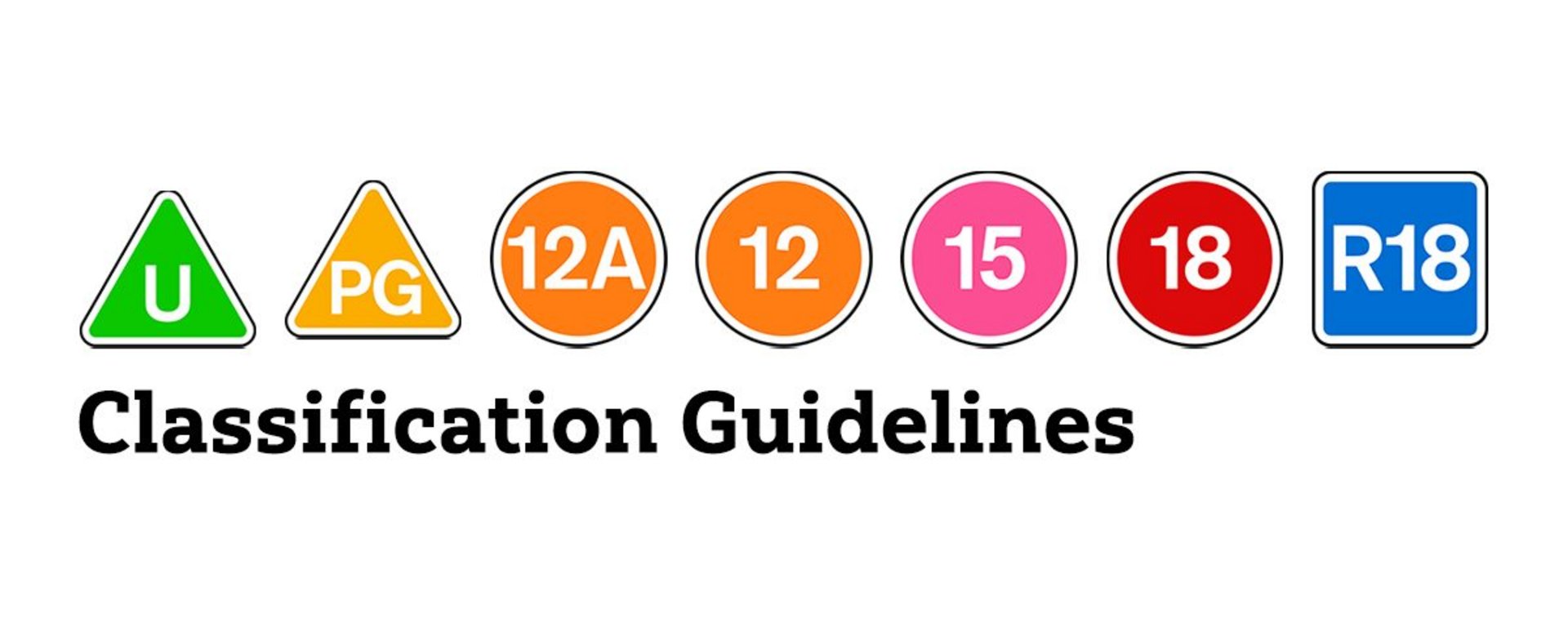
Guidelines Intro for students
The BBFC Guidelines are the basis for all ratings decisions.
BBFC Guidelines
They outline, for the public and for the industry, how we work and what our decision rationales would be. They give a detailed guide to the key concerns highlighted by our public consultations and the law, and detail each age rating noting how each issue is treated. They are available to anyone, including downloadable on this site, and form a key part of our openness and accountability.
In line with certain UK legislation and the requirements of the Human Rights Act, 1998, there is a need to make the process of classification, and the criteria used for it, clear. This is fulfilled by the publication of the BBFC Guidelines, the latest set of which was published in January 2014.
Whilst the Guidelines contain specific details about the acceptability of issues at different category levels, there are three main considerations which summarise their purpose and the Board's role. Of the material that Examiners have to view, these questions need to be asked:
- Whether the material is in conflict with the law, or has been created through the commission of a criminal offence.
- Whether the material, either on its own, or in combination with other content of a similar nature, may cause any harm at the category concerned. This includes not just any harm that may result from the behaviour of potential viewers, but also any ‘moral harm’ that may be caused by, for example, desensitising a potential viewer to the effects of violence, degrading a potential viewer’s sense of empathy, encouraging a dehumanised view of others, suppressing pro-social attitudes, encouraging anti-social attitudes, reinforcing unhealthy fantasies, or eroding a sense of moral responsibility. Especially with regard to children, harm may also include retarding social and moral development, distorting a viewer’s sense of right and wrong, and limiting their capacity for compassion.
- Whether the availability of the material, at the age group concerned, is clearly unacceptable to broad public opinion. It is on this ground, for example, that the BBFC intervenes in respect of bad language.
As with the previous set of published Guidelines, (June 2009), the BBFC carried out an extended period of intensive public consultation and resaerch prior to producing the finished document.
Summaries of this process can be found on the Research page.